In the six hundredth year of Noah’s life, in the second month, on the seventeenth day of the month… all the fountains of the great deep were broken up, and the windows of heaven were opened.
(Gen. 7:11)
In calculating the time of the dawn of Messianic revelation, the Zohar writes,
And after six hundred years of the sixth thousand there will be opened the gates of wisdom above and the fountains of wisdom below, and the world will make preparations to enter on the seventh thousand as man makes preparation on the sixth day of the week, when the sun is about to set. (Zohar I, 117a)
The Zohar calculates this based on the letters of the Tetragrammaton, but brings the verse from this parashah as the mnemonic: “In the six hundredth year of Noah’s life…”

The sixth century of the sixth millennium that the Zohar speaks about corresponds to the years 1740-1840 in the Gregorian calendar. According to the Lubavitcher Rebbe, Rabbi Menachem Mendel Schneerson, this time coincided with the revelation of the Chassidic teachings of the Baal Shem Tov, on the one hand, and the scientific revolution, on the other (see Likutei Sichos, v.15, p. 42ff).
It was around the year 1740 when the Baal Shem Tov moved to Mezhybozhe, where he began teaching a new way in the Divine service. His teachings, and the teachings of his disciple, Rabbi Dov Ber of Mezrich (the Mezritcher Maggid), were systematized by the founder of Chabad, Rabbi Schneur Zalman of Lyadi, in his book, Tanya.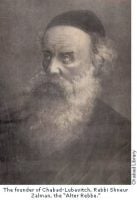
The first edition of Tanya was printed in 1797. Other parts were added later, with the final posthumous addition of Kuntres Acharon in 1814. Torah Or and Likutei Torah, compilations of Chassidic commentaries on the Weekly Torah Portions were published in 1837 and 1848 respectively. Together with Tanya, they formed the foundation of the Chassidic philosophy of Chabad. Thus we see that, indeed, the sixth century of the sixth millennium saw the revelation of Chassidic philosophy, which the Rebbe characterized as the “opening of the gates of wisdom above.”
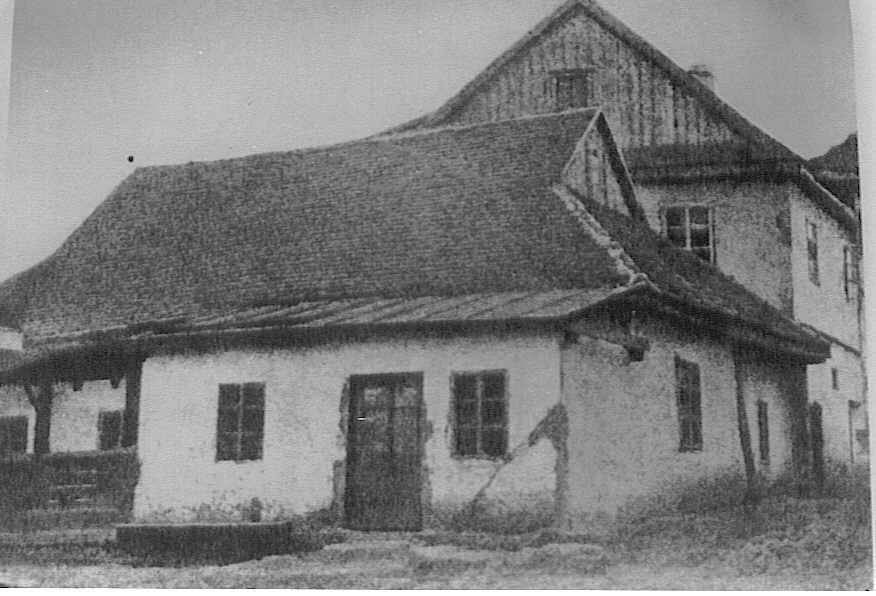
But what about the “the fountains of wisdom below,” which the Rebbe associated with the scientific revolution? Seemingly the scientific revolution started by Copernicus (1473-1543) reached its summit with Isaac Newton (1642-1726) formulating the laws of mechanics and the universal law of gravity. All that happened before 1740, before the sixth century of the sixth millennium. So what exactly happened between 1740 and 1840 that Zohar called the “the fountains of wisdom below”?
Let us recall that the Zohar predicted this flood of knowledge from above and from below not from the verse about Noach’s life—that verse is used merely as a “mnemonic”—but from a calculation based on the letters of the Tetragrammaton. The exile is mystically perceived as the separation of the final letter “Heh” from the letter “Vav.” Rabbi Jose, a member of the brotherhood of the students of Rabbi Shimon Bar Yochai (the Rashbi), states that, in the future, the letter “Vav” will reinvigorate the letter “Heh” to cause it to reunite, as it were, with the “Vav.” The letter “Vav” is the sixth letter of alef-bet, and its gematria (the numerical value) is six. It is from here that Rabbi Jose derives that the “future” beginning the process of preparation for the Messianic redemption will commence in the sixth century of the sixth millennium.
In physics, we know of four fundamental forces: gravitational force, electromagnetic force, strong nuclear force, and weak force (beta decay). It has been suggested that these four fundamental forces neatly correspond to the four letters of the Tetragrammaton:
| י | Yud | Strong (Nuclear) Force |
| ה | Heh | Weak force (betta decay) |
| ן | Vav | Electromagnetic force |
| ה | Heh | Gravitational force |
(See, Four Camps at Sea – Four Fundamental Interactions and Joseph teaches Pharaoh a lesson in fundamental forces.)
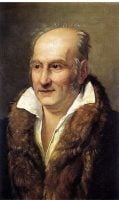
According to this scheme, the letter “Vav” corresponds to the electromagnetic forces. Until the 19th century, electricity and magnetism were considered independent forces. In 1802, the Italian philosopher Gian Domenico Romagnosi (1761 – 1835), moved a magnetic needle using a Voltaic pile (first electric battery), first noticing the connection between electricity and magnetism.

In 1820, the Danish physicist Hans Christian Ørsted (1777 – 1851) discovered that electric currents create magnetic fields, which was the first evidence of the connection between electricity and magnetism. The unit of magnetic induction (oersted) is named in his honor.
Soon after that, the French physicist André-Marie Ampère developed a mathematical formula to describe the magnetic forces between current-carrying wires.
Michael Faraday (1791 – 1867), a British physicist and chemist, discovered electromagnetic induction in 1831. He proved that a changing magnetic field produces an electric field. He is also credited with the discovery of the electromagnetic field, later described mathematically by another great Scottish physicist James Clerk Maxwell (1831-1879).
The sixth century of the sixth millennium witnessed the unification of electricity and magnetism into one of the most elegant theories of physics – the theory of electromagnetism. These discoveries ultimately led to the theory of light as oscillations of the electromagnetic field and the special theory of relativity.
In his famous Lectures on Physics, Richard Feynman wrote about J. C. Maxwell’s work:
From a long view of the history of mankind—seen from, say, ten thousand years from now—there can be little doubt that the most significant event of the 19th century will be judged as Maxwell’s discovery of the laws of electrodynamics. The American Civil War will pale into provincial insignificance in comparison with this important scientific event of the same decade.

It was this scientific revolution that the Zohar predicted as the opening of “the fountains of wisdom below.”
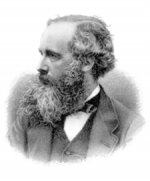
It is interesting to note that Albert Einstein, greatly inspired by Maxwell’s theory of electrodynamics, spent his whole life attempting to unify gravity and electromagnetism – as Faraday and Maxwell unified electricity and magnetism – but without success.
Today, besides these two fundamental forces, we know of nuclear and weak forces. Electromagnetic forces were successfully unified with electromagnetism in the electroweak theory, which together with chromodynamics describing strong forces comprise the Standard Model. However, the grand unification of the gravitational forces (represented by the letter “Heh” separated from the rest of the letters of the Tetragrammaton) with the rest of the fundamental forces – the holy grail of theoretical physics – remains elusive. Perhaps it will remain so until the children of Israel return from the Galut-Exile, and the last letter “Heh” is reunited with the letter “Vav” in the Tetragrammaton.
In the meantime, the Rebbe writes that the dissemination of the Chassidic teachings of the Baal Shem Tov – the wellsprings from above – as well as the scientific revolution will hasten the Messianic redemption.
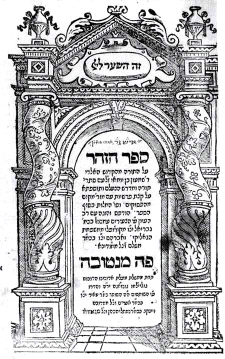
Now that the strong and weak force of the atom have been shown to be the same force, what is the 4th force?
Despite the unification of the weak and strong nuclear forces in the Standard Model, we still count them as separate forces, each one of the four fundamental forces.